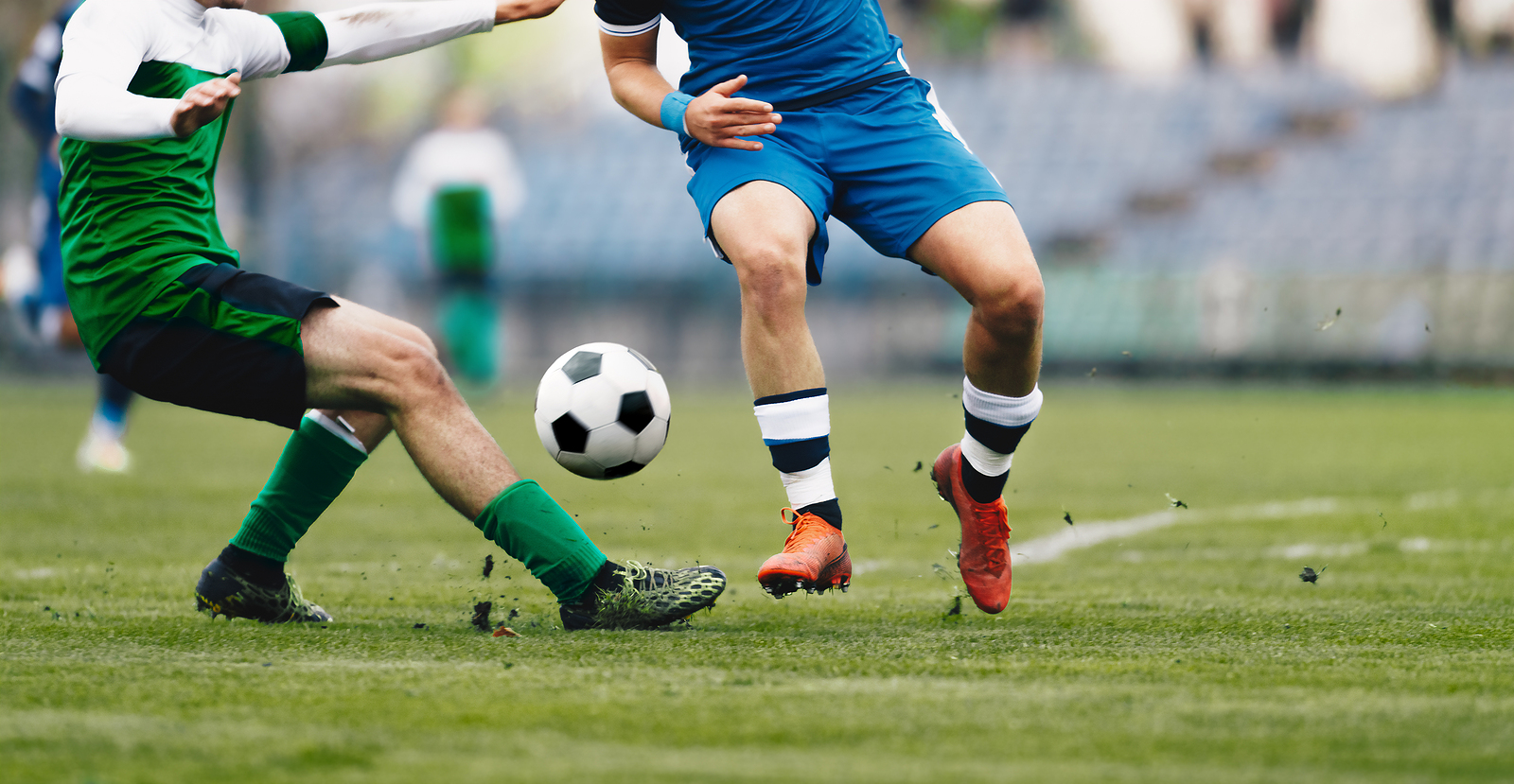
- Sprains and strains
Sprains and strains are the most common injuries in soccer. A sprain is a stretching or tearing of a ligament, while a strain is a stretching or tearing of a muscle or tendon. These injuries can occur when a player lands awkwardly after jumping or when they make a sudden change in direction. Sprains and strains can range in severity from mild to severe and may require medical attention.
- Knee injuries
Knee injuries are also very common in soccer and can include anything from minor bruises and strains to more serious injuries such as anterior cruciate ligament (ACL) tears. The ACL is one of the four major ligaments in the knee and helps to stabilize the joint. A tear to the ACL can be a career-ending injury and may require surgery.
- Ankle injuries
Ankle sprains are common in soccer due to the sudden changes in direction and quick movements required in the game. Ankle injuries can range from mild to severe, and players may need to take time off from playing to allow the injury to heal properly.
- Groin pull
A groin pull is a common injury in soccer players who frequently change directions, kick the ball or pass it with the inside of the foot. A groin pull is a stretching or tearing of the muscles in the groin area and can be very painful. Players who experience a groin pull may need to take time off from playing to allow the injury to heal.
- Hamstring strain
Hamstring injuries often occur when a player is sprinting and tries to stop or change direction suddenly. A hamstring strain is a stretching or tearing of the muscles in the back of the thigh and can be very painful. Players who experience a hamstring strain may need to take time off from playing to allow the injury to heal properly.
- Concussions
Concussions can occur when a player is hit in the head or collides with another player during a game. A concussion is a type of traumatic brain injury that can cause a range of symptoms, including headaches, dizziness, and confusion. Players who experience a concussion should be evaluated by a medical professional and may need to take time off from playing to allow the injury to heal.
- Shin splints
Shin splints are a common injury in soccer players and are often caused by the repetitive stress of running. Shin splints are characterized by pain in the front of the lower leg and can be very painful. Players who experience shin splints may need to take time off from playing to allow the injury to heal.
- Fractures
Fractures can occur in soccer players as a result of a hard tackle or collision with another player. Fractures can range in severity from a small hairline fracture to a complete break of the bone. Players who experience a fracture will need to take time off from playing to allow the injury to heal properly.
In conclusion, soccer is a physically demanding sport that requires a lot from the body. It’s no wonder that injuries are common in this sport. As a player, it’s important to take steps to prevent injuries by wearing proper equipment and practicing good technique. If you do experience an injury, it’s important to seek medical attention and allow the injury to heal properly before returning to play. With proper care and attention, you can minimize your risk of injury and enjoy playing soccer for years to come.
Learn more about how clinical massage therapy can be used to treat sports injuries.
